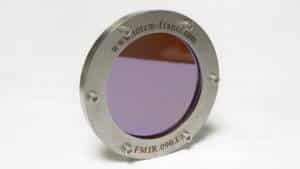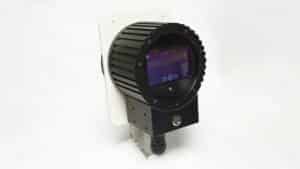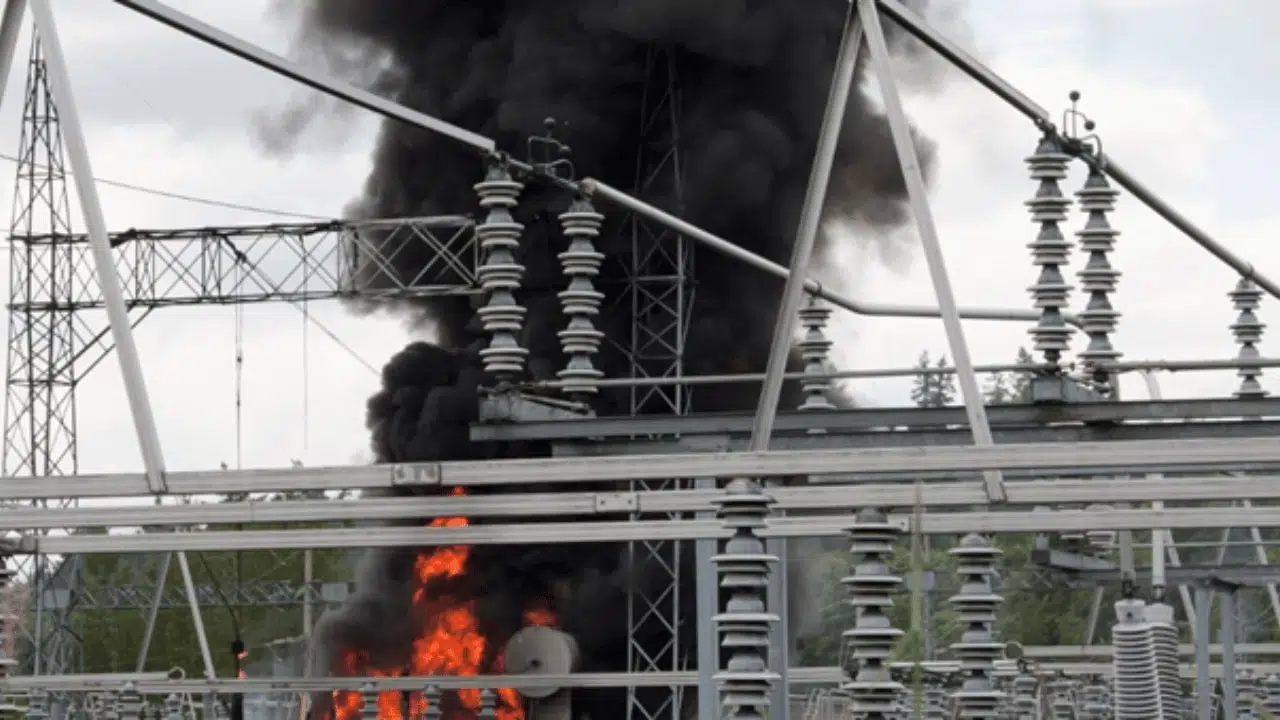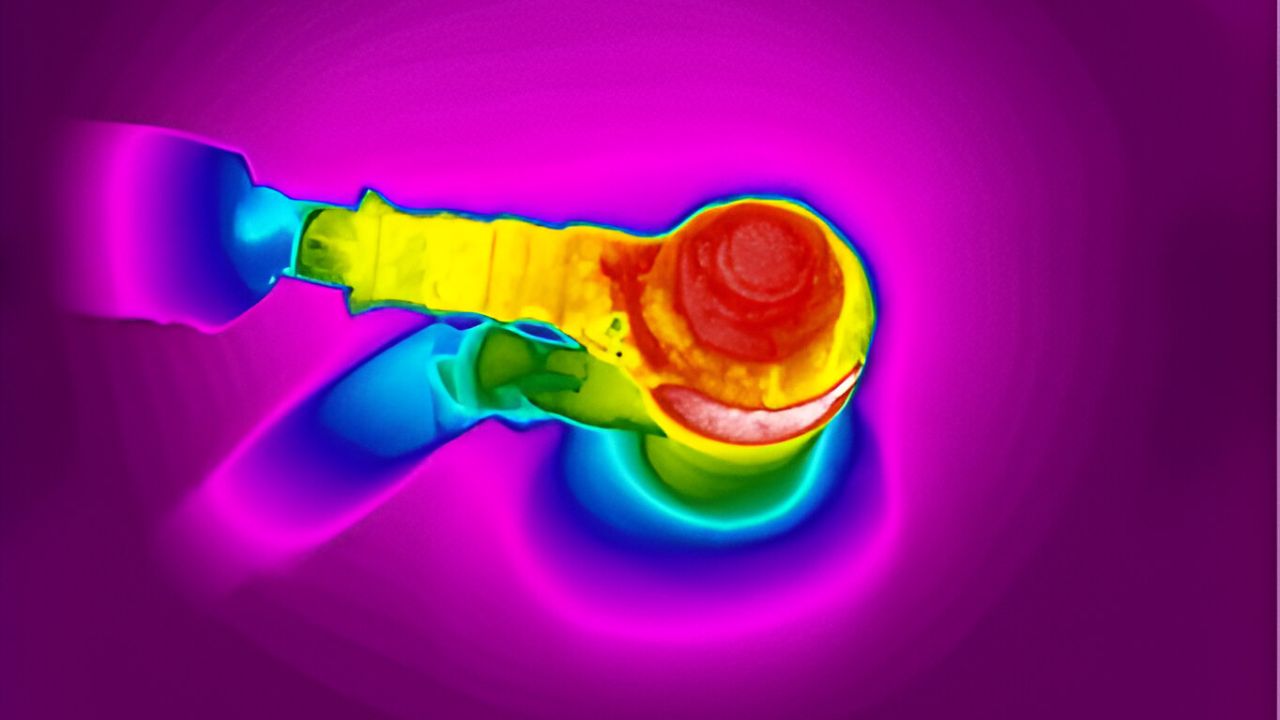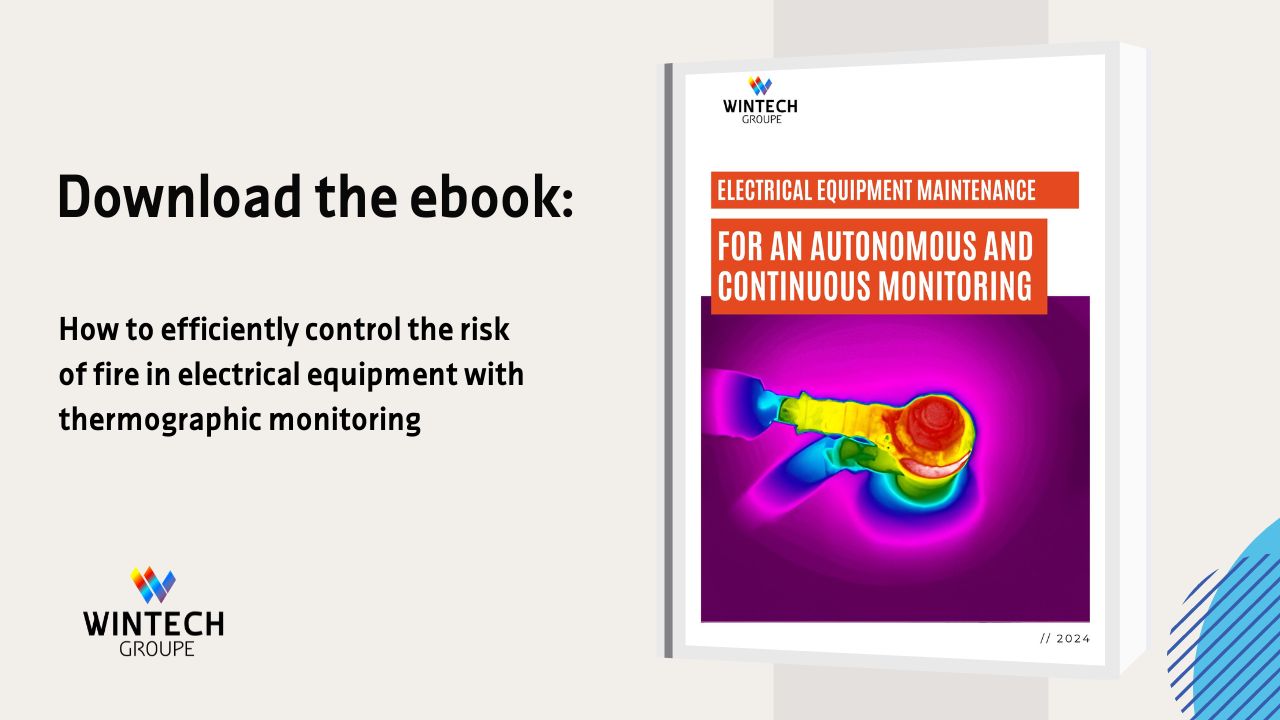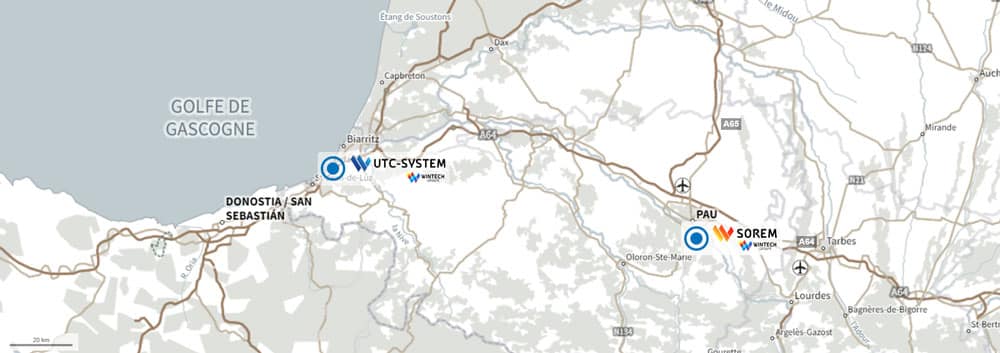Electrical fires: a very real risk for industry
Even the briefest of web searches will quickly confirm that electrical problems are among the most common causes of fire in industrial and commercial premises. For example, in its industrial and manufacturing property fires factsheet1 , the US National Fire Protection Association notes that electrical equipment was involved in 24% of structure fires over the period 2011 to 2015. Technical document D192 related to the French APSAD certification offers a comparable figure, reporting that electrical problems are the source of 30% of the fire insurance claims made by businesses.
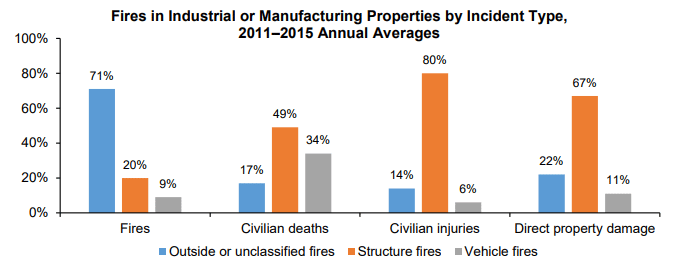
48% of companies go out of business after a fire
The APSAD document goes on to record the disturbing statistics that 48% of companies go out of business immediately after a major insurance claim and that a further 28% fail within three years of making such a claim. Even for those businesses that survive the trauma of a fire, the financial impact can be enormous. The scale of the losses will depend, of course, on the type of business involved and the size of its operations, but an infographic produced by Schneider Electric3 makes salutary reading. This gives multiple examples but, for instance, it claims that a single hour of downtime in a petrochemical operation could cost €100,000.
Industrial fires present real risks of injury and death
The infographic also reminds us that losses associated with fire may go beyond the merely financial: fire also creates risks of injury and even death. These injuries may be direct, where individuals are affected by smoke inhalation or burned by the fire, or they can be indirect, where lives are threatened by failure of the electricity supply as a result of the fire. The latter is particularly relevant in hospitals and other healthcare facilities where a continuous supply of electricity is vital to the wellbeing of patients.
Malfunctioning electrical equipment is a major cause of factory fires
To summarise: fires are costly, disruptive and potentially life threatening. And one of the most significant causes of these fires is malfunctioning electrical equipment. Clearly there is a pressing need to detect malfunctions before they lead to fire – indeed, health and safety at work regulations and many insurance companies require businesses to put in place appropriate measures to minimise the fire risks associated with electrical equipment. Most usually, these measures take the form of a preventative maintenance programme, but implementing such programmes brings its own concerns.
Reducing fire risks
The most significant of these is that preventative maintenance can itself be disruptive, almost invariably requiring that equipment is taken out of service for inspection or testing.
There are good reasons for this. Quite apart from the risk of electric shock, arc flash is always a potential and significant hazard when working on live equipment. The electric arc is a phenomenon due to the passage of electric current from its conductive environment to an environment that is in theory insulating (the air). It can be a simple spark or a real arc visible to the naked eye. It can be initiated by an electrical fault or by something as simple as accidentally dropping a metal tool in live equipment. The heat and light produced by arc flash can lead to serious injury or even death. Even a simple visual inspection typically requires that enclosure doors must be opened to provide access, and it is now clear that this can only be done safely if equipment is deenergised.
Preventive maintenance of electrical equipment by thermography
Thermography allows to detect quickly faulty electrical connexions, so that the problem can be fixed before it leads to a fire outbreak. Thermographic inspections can detect hot spots before it reaches a critical threeshold. Furthermore, one can do preventive maintenance operations safely, while the structure is still operating. Wintech Groupe invites you to continue your reasearch on the reduction of industrial fire risks by reading our other articles on infrared technology.
Even the briefest of web searches will quickly confirm that electrical problems are among the most common causes of fire in industrial and commercial premises. For example, in its industrial and manufacturing property fires factsheet1 , the US National Fire Protection Association notes that electrical equipment was involved in 24% of structure fires over the period 2011 to 2015. Technical document D192 related to the French APSAD certification offers a comparable figure, reporting that electrical problems are the source of 30% of the fire insurance claims made by businesses.

48% of companies go out of business after a fire
The APSAD document goes on to record the disturbing statistics that 48% of companies go out of business immediately after a major insurance claim and that a further 28% fail within three years of making such a claim. Even for those businesses that survive the trauma of a fire, the financial impact can be enormous. The scale of the losses will depend, of course, on the type of business involved and the size of its operations, but an infographic produced by Schneider Electric3 makes salutary reading. This gives multiple examples but, for instance, it claims that a single hour of downtime in a petrochemical operation could cost €100,000.
Industrial fires present real risks of injury and death
The infographic also reminds us that losses associated with fire may go beyond the merely financial: fire also creates risks of injury and even death. These injuries may be direct, where individuals are affected by smoke inhalation or burned by the fire, or they can be indirect, where lives are threatened by failure of the electricity supply as a result of the fire. The latter is particularly relevant in hospitals and other healthcare facilities where a continuous supply of electricity is vital to the wellbeing of patients.
Malfunctioning electrical equipment is a major cause of factory fires
To summarise: fires are costly, disruptive and potentially life threatening. And one of the most significant causes of these fires is malfunctioning electrical equipment. Clearly there is a pressing need to detect malfunctions before they lead to fire – indeed, health and safety at work regulations and many insurance companies require businesses to put in place appropriate measures to minimise the fire risks associated with electrical equipment. Most usually, these measures take the form of a preventative maintenance programme, but implementing such programmes brings its own concerns.
Reducing fire risks
The most significant of these is that preventative maintenance can itself be disruptive, almost invariably requiring that equipment is taken out of service for inspection or testing.
There are good reasons for this. Quite apart from the risk of electric shock, arc flash is always a potential and significant hazard when working on live equipment. The electric arc is a phenomenon due to the passage of electric current from its conductive environment to an environment that is in theory insulating (the air). It can be a simple spark or a real arc visible to the naked eye. It can be initiated by an electrical fault or by something as simple as accidentally dropping a metal tool in live equipment. The heat and light produced by arc flash can lead to serious injury or even death. Even a simple visual inspection typically requires that enclosure doors must be opened to provide access, and it is now clear that this can only be done safely if equipment is deenergised.
Preventive maintenance of electrical equipment by thermography
Thermography allows to detect quickly faulty electrical connexions, so that the problem can be fixed before it leads to a fire outbreak. Thermographic inspections can detect hot spots before it reaches a critical threeshold. Furthermore, one can do preventive maintenance operations safely, while the structure is still operating. Wintech Groupe invites you to continue your reasearch on the reduction of industrial fire risks by reading our other articles on infrared technology.



